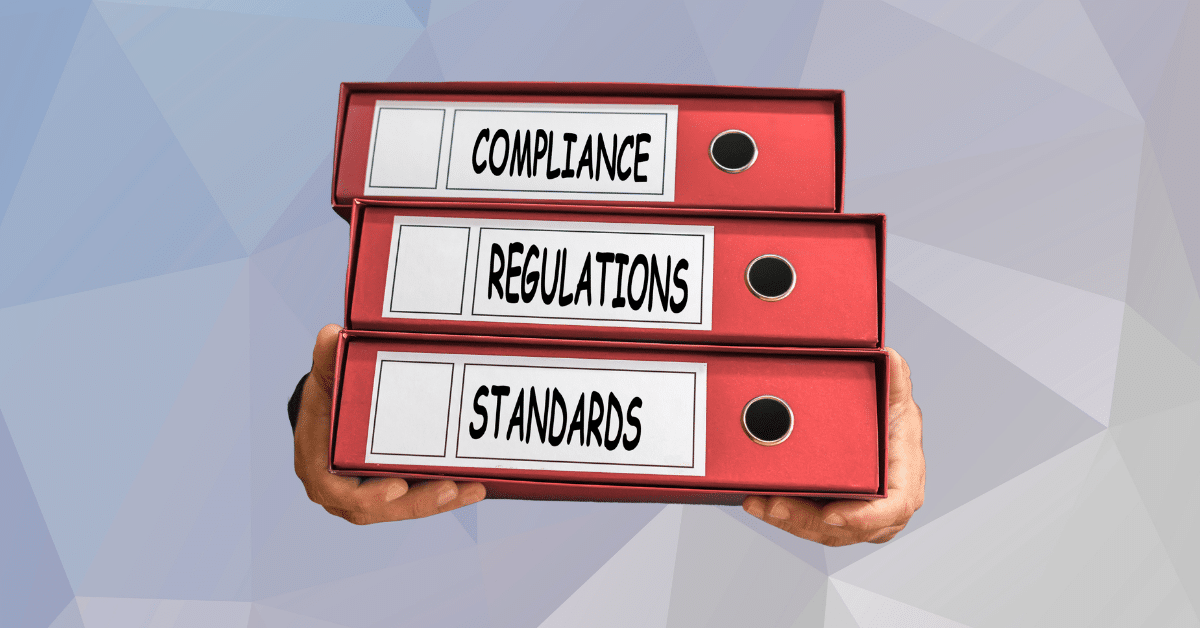If you manage rentals in California, you have probably had a moment like this: a resident casually mentions they “might call the state” about something that happened in your building. Even if you believe you did nothing wrong, your stomach drops. One offhand comment can suddenly make you think about complaints, investigators, and legal fees.
Many small landlords and property managers end up in the same situation. They genuinely care about treating people fairly, but they rely on outdated office stories, recycled templates, or advice passed down from a former supervisor. Fair housing becomes “common sense” instead of a real, teachable skill set. That gap is exactly where misunderstandings and risk grow.
That is where fair housing certification comes in. Formal training turns scattered knowledge into a clear standard your whole team can follow, from the leasing desk to maintenance. In a state like California, where rules are layered and residents are generally informed about their rights, training is not just about avoiding problems. It is about running a professional operation that residents trust and partners respect.
This guide explains how certification works in California, what practical training usually covers, and how it can protect both your residents and your business.
Why Fair Housing Training Matters For California Housing Providers
Fair housing is not only a legal topic. It shapes daily decisions, such as who gets a callback, which units are offered, how rules are enforced, and how quickly maintenance requests are handled.
California housing providers are subject to both federal law and strong state protections. The Fair Housing Act sets the baseline for protected classes, while California law adds more protected characteristics and a broader definition of discrimination and harassment. Complaints can come from residents, neighbors, advocacy groups, and even former employees.
When you complete structured training and earn a fair housing credential, you do more than add a line to your resume. You are:
- Reducing the risk of complaints, investigations, and settlements
- Creating a shared standard that every staff member can follow
- Showing lenders, investors, and regulators that fair housing is taken seriously
- Supporting a culture where residents feel safe, respected, and heard
In a competitive market, that kind of trust can be the difference between constant turnover and stable, long-term residents.
Fair Housing Laws In California: The Basics You Need
Before you look at training options, it helps to understand the legal foundation behind them.
Key legal pillars for housing providers in California include:
- The Fair Housing Act, which prohibits discrimination based on race, color, religion, sex, national origin, familial status, and disability
- California’s fair housing laws, which extend protections and cover a wide range of housing providers, boards, and related services
- Additional state civil rights laws that apply to many housing-related businesses
Together, these rules affect almost every part of a housing provider’s work, including:
- Advertising and listing language
- Screening criteria and occupancy standards
- Rules about assistance animals and accessibility
- Responses to complaints, conflicts, and requests for policy changes
- Evictions, non-renewals, and rule enforcement
A specialized fair housing regulations course shows how these rules play out in daily decisions. For California teams, that local focus is significant because state law often goes beyond the federal minimum.
What is fair housing certification in California, And Who Needs It?
There is no single state-issued card labeled “certified” for fair housing. Instead, there are widely recognized education programs that confirm you have completed structured training. When people refer to this type of certification in California, they are usually talking about courses or programs that cover both federal and California-specific content and provide a certificate when you finish.
Housing professionals who benefit from a formal fair housing credential include:
- Apartment managers and assistant managers
- Leasing agents and onsite staff
- Independent landlords and small portfolio owners
- HOA, condo, and co-op board members
- Asset managers and compliance officers
- Maintenance supervisors who interact with residents
Many organizations eventually decide that anyone who talks with prospects or residents should complete training, not just front-office staff. That way, everyone is speaking the same language and following the same standards.
How To Earn Certification Step By Step
If you want this kind of credential for yourself or your team, the process usually follows a simple path.
Step 1: Decide Who Needs Training
Start by identifying the roles that interact with prospects and residents. A small operation might begin with the owner and one assistant. A larger company might decide that managers, leasing staff, and maintenance leaders all need current training records.
Step 2: Choose A California-focused course
Look for a Fair Housing California Course that clearly addresses both federal law and California-specific rules. Course descriptions should mention the Fair Housing Act, state fair housing protections, and include real-world examples from communities in California.
Step 3: Complete Training, Often Online
Many providers now offer fair housing training online so that staff can learn at their own pace. Courses often include short videos, written lessons, quizzes, and scenario-based questions. The online format makes it easier for managers to track completion and follow up with anyone who has not finished.
Step 4: Pass The Required Quizzes Or Exam
Programs usually include an exam or module-based quizzes to confirm understanding. Passing scores, completion times, and certificates create a training record that can support your organization if questions ever arise about what your team was taught.
Step 5: Keep Documentation Organized
Save certificates, course outlines, and completion dates in one central place. When you renew insurance, answer investor questions, or respond to regulators, your training records show that you take fair housing seriously and invest in ongoing education.
Inside A California Fair Housing Course
An intense California fair housing course is more than a list of citations. It uses stories, case studies, and common “gray area” situations that a leasing agent or property manager might face on a busy afternoon.
Typical modules include:
- Overview of federal and state laws and how they interact
- Protected classes, with examples that highlight subtle forms of discrimination
- Reasonable accommodations and modifications, including support animals and unit changes
- Screening and occupancy policies that are consistent, defensible, and well-documented
- Advertising practices that avoid favoritism or exclusion
- Scenario-based exercises where learners choose how to respond and see the likely consequences
By the end of a good course, learners should be able to spot red flags in their own habits, not just in textbook examples. The goal is to build instincts so that correct responses feel natural, even under pressure.
Turning Certification Into Everyday Practice
Training has absolute value when it shapes what happens in the office, at the property, and in residents’ homes.
Here are practical ways to put your training and credentials to work:
- Add fair housing content to every new hire’s onboarding plan
- Use a calendar to schedule refreshers and short update sessions.
- Standardize email templates, phone scripts, and tour outlines so they use neutral, consistent language.
- Review screening and occupancy policies with a fair housing lens on a regular schedule.
- Encourage staff to ask questions before acting when something feels uncertain.
- Keep documentation consistent so you can show how and why decisions were made.
Over time, fair housing becomes part of your company’s identity. Staff members begin to think, “How would our training advise us to handle this conversation?” before they respond.
Choosing Fair Housing Training Online That Fits Your Team
There are many options for fair housing training online, but not all of them are designed for California providers. When you compare courses, look for:
- Clear coverage of both federal and California-specific law
- Real-life examples from California, not just generic national stories
- Interactive elements like quizzes, scenarios, and knowledge checks
- Individual certificates for each learner and reporting tools for managers
- Mobile-friendly lessons that work on phones and tablets
A course built with California housing providers in mind saves you from piecing together separate trainings and wondering whether your team missed something important.
Common Fair Housing Pitfalls In California And How Training Helps
Even well-meaning teams can create risk without realizing it. A course that focuses on fair housing regulations helps uncover patterns such as:
- Overly strict occupancy rules that burden families with children
- “Case by case” exceptions that favor some applicants over others
- Mishandled disability accommodations, such as unnecessary medical questions or long delays
- Advertising language that hints at preferred ages, family types, or lifestyles
- Offhand remarks or jokes by staff that later appear in complaint records
Training gives staff the language to respond professionally, even during tense conversations. Instead of reacting based on personal opinion, a trained employee can say, “Our policy is to evaluate all applications using the same written criteria,” and then follow the documented steps.


















